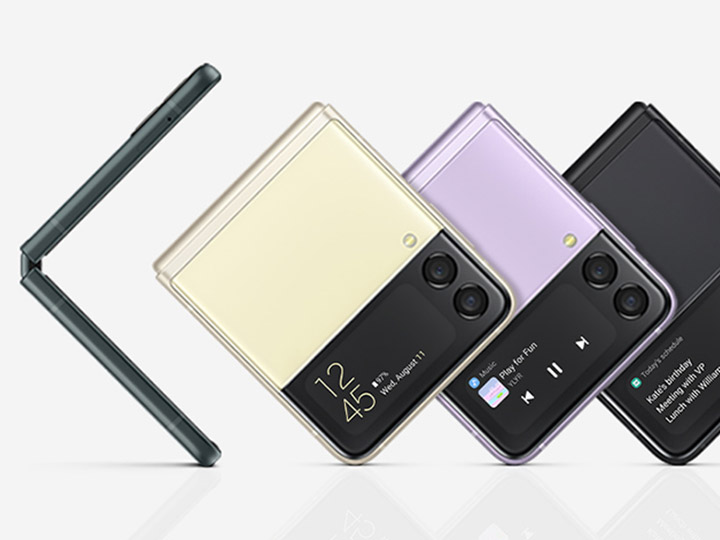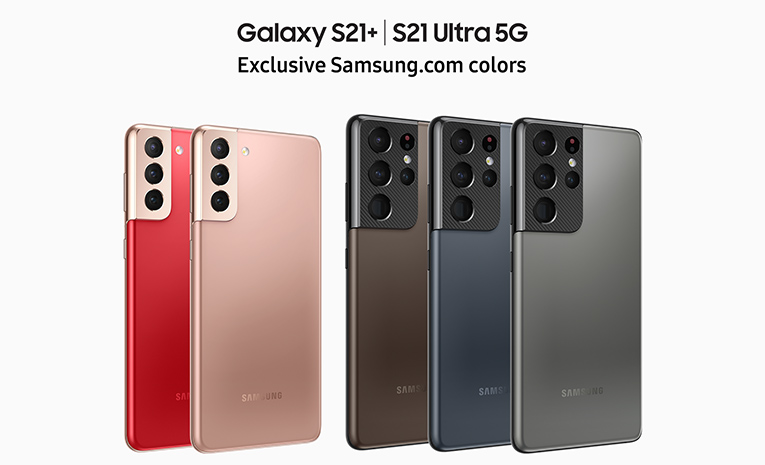Galaxy Z Flip3 5G 128GB (Unlocked) – Cream/Black/Green/Lavender/Gray/White/Pink – Samsung US
Compact Form Factor. More Durable Outer Materials. IPX8 Water Resistance. Iconic Cover Screen. Flex Mode. Our Fastest Chip Now On Galaxy Z.
Compact Form Factor
A full-sized smartphone that folds to fit small-sized pockets. This visually awesome and 4.2” folded compact design delivers the ultimate portability for every move you make.*
*Measured diagonally when folded, accounting for the rounded corners.
Iconic Cover Screen
The 1.9-inch Cover Screen displays various notifications and lets you intuitively interact with them.* You can also take selfies using the dual Rear Camera and see the preview on the iconic cover screen.
*Measured diagonally, Galaxy Z Flip3 5G’s Cover Screen size is 1.9” in the full rectangle and 1.8” with accounting for the rounded corners; actual viewable area is less due to the rounded corners.
More Durable Outer Materials
Galaxy Z Flip3 5G’s made with strongest aluminum frame on our foldables, protecting the hinge so you can unfold and focus on important things. The Front Cover and Back Cover on Galaxy Z Flip3 5G are made of the toughest glass on Galaxy Z.
Flex Mode
Take photos more easily than you ever could before with Flex mode. With a steady hand built in, all you have to do is adjust the angle and step back for hands-free selfies.*
*Certain applications may not support Flex mode. Flex mode supported at angles between 75° and 115°.
IPX8 Water Resistance
Galaxy Z Flip3 is the world’s first water-resistant foldable smartphone, with an IPX8 rating. It can hang out in 1.5 meters of fresh water for up to 30 minutes.*
*Consistent with IPX8 rating, water resistant in up to 5 feet of water for up to 30 minutes. Rinse residue/dry after wet.
Our Fastest Chip Now On Galaxy Z
The 5nm processor is powered by upgraded GPU, CPU and NPU. Add in 8GB RAM, and Galaxy Z Flip3 5G delivers gaming performance to satisfy your need for speed.*
Additional information
| Screen Size | Main Screen: 6.7'' Dynamic AMOLED 2X (2640 x 1080) |
|---|---|
| Dimension | Open: 166 x 72.2 x 6.9 mm |
| Weight | 183g |






Reviews
There are no reviews yet.